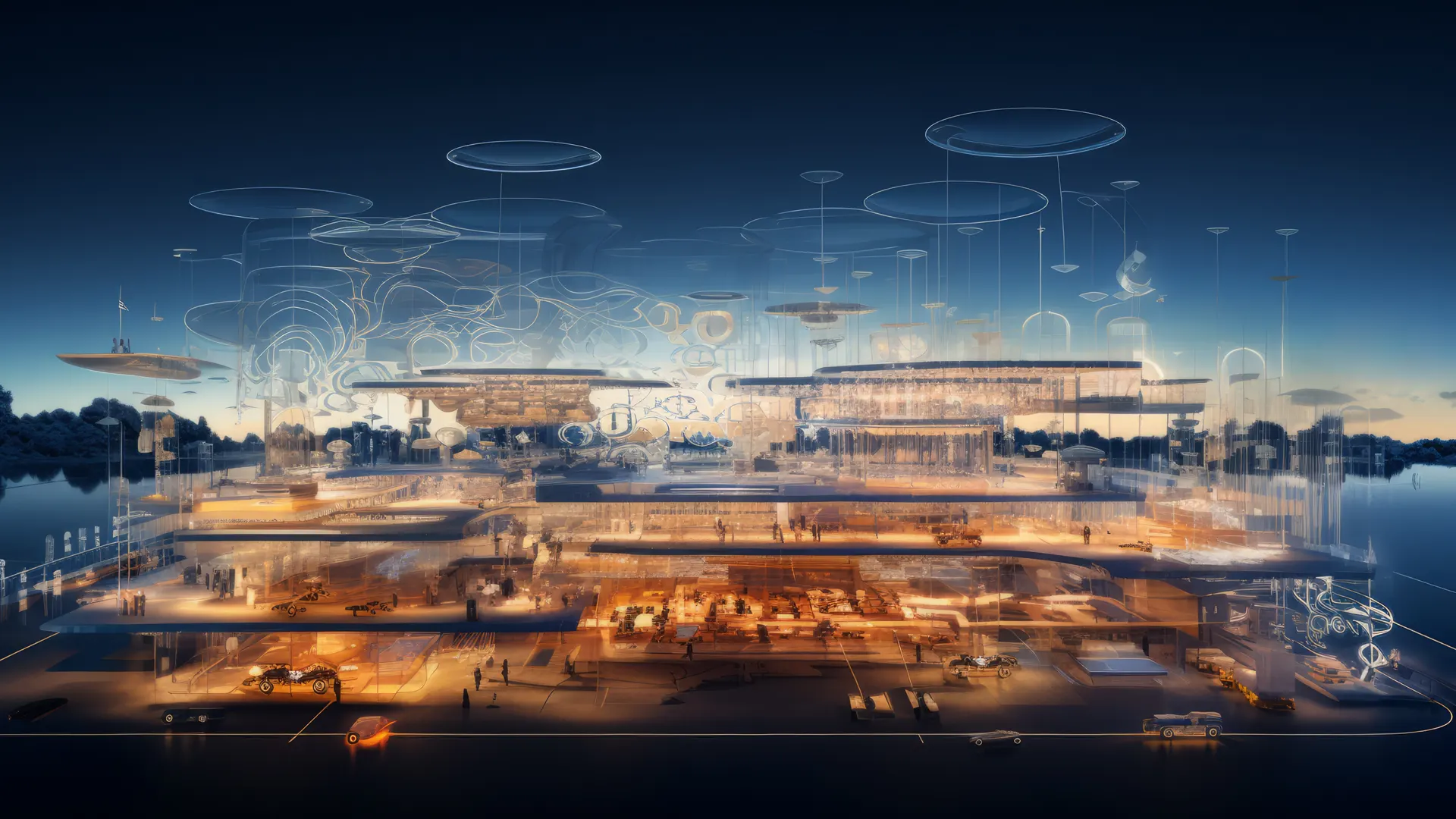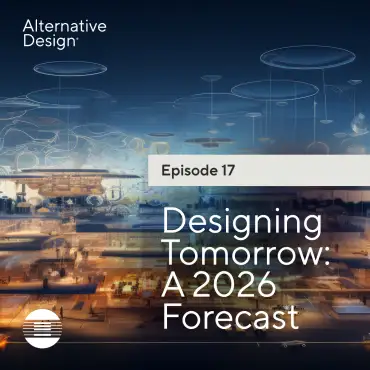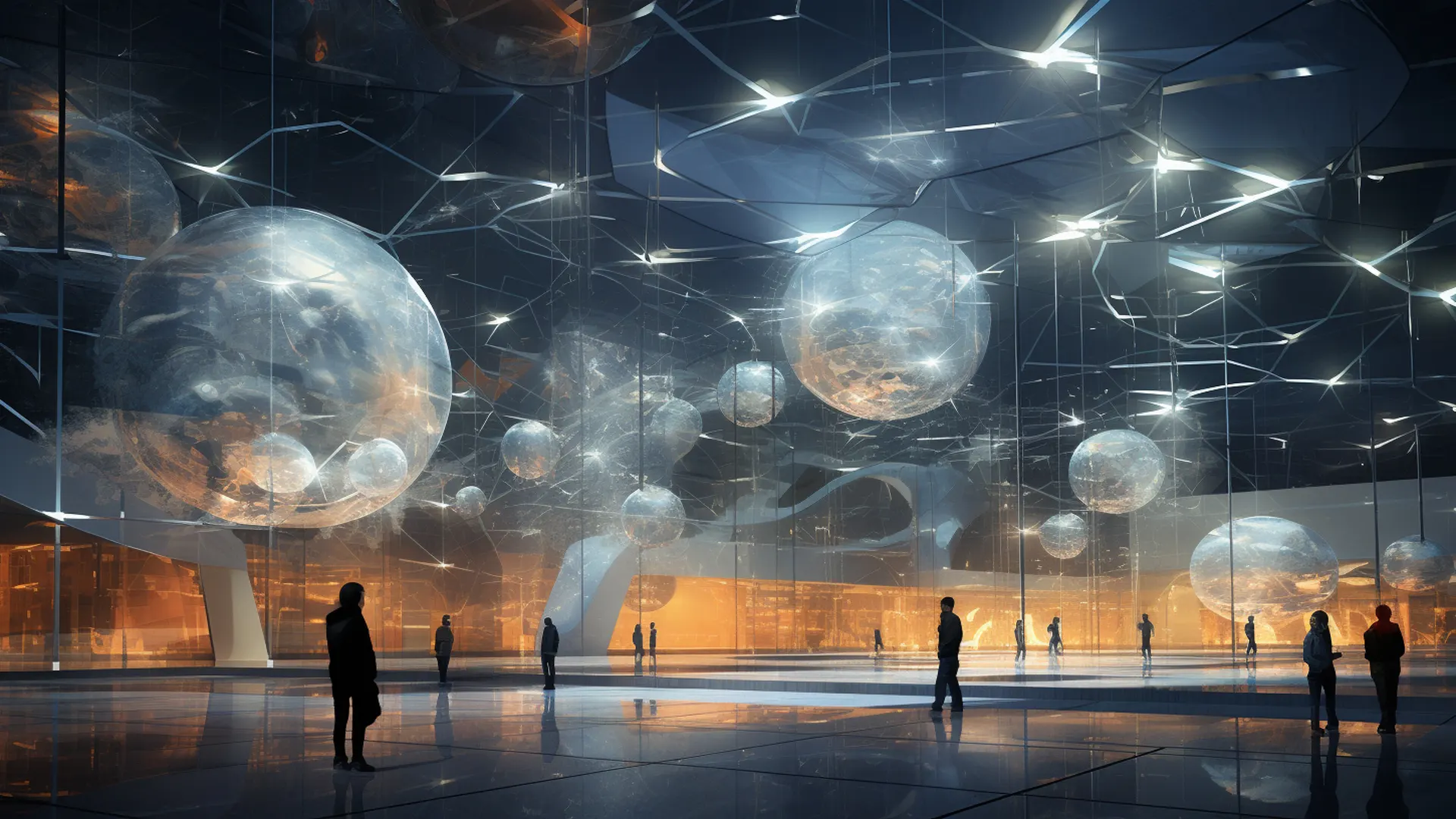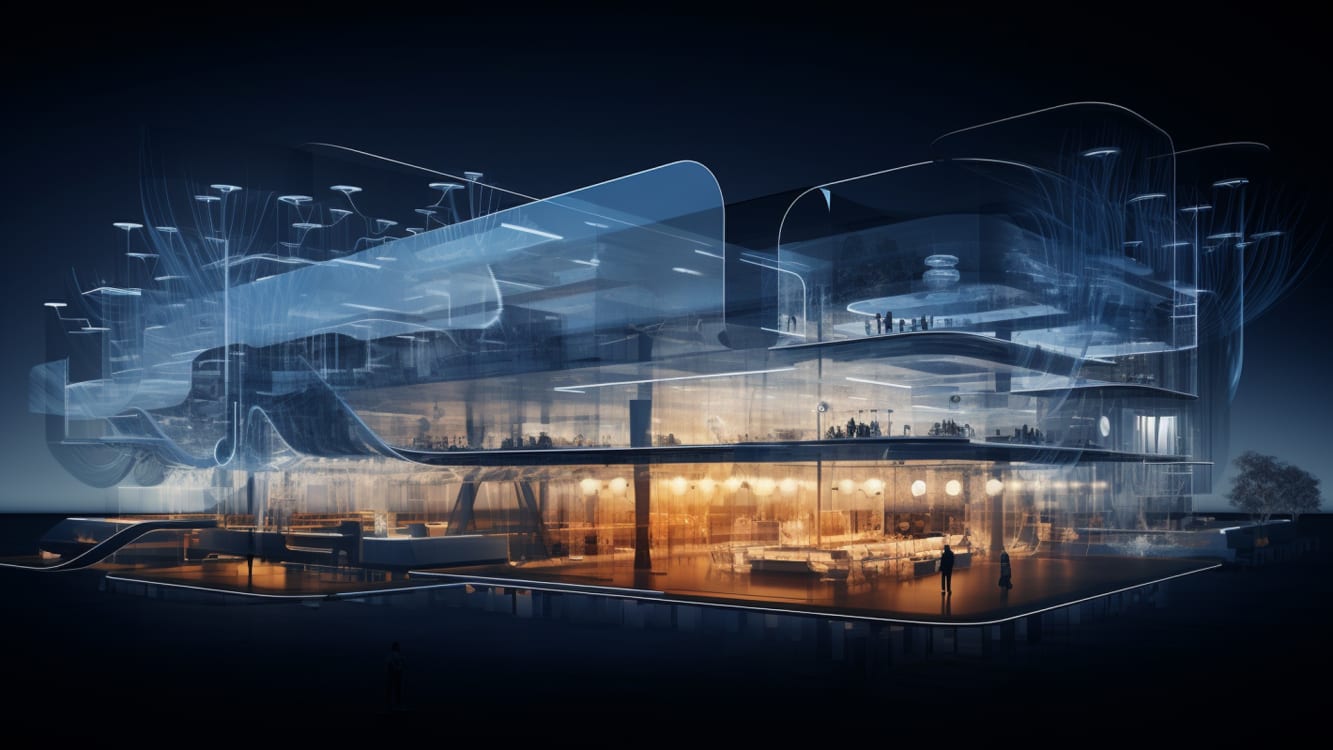The design industry is on the cusp of transformation, and foresight is the key to shaping a better tomorrow.
In episode 17 of the Alternative Design podcast, Designing Tomorrow: A 2026 Forecast, Mark Bryan, a Senior Foresight Manager at the Future Today Institute, shared an intriguing scenario of the future, set in 2026.
CLIENTS WANT TO "PRE-EXPERIENCE" THEIR SPACES.
Mark Bryan's journey from a licensed interior designer to a certified futurist underscores the growing need for foresight in design. He highlights how clients often grapple with making decisions about their projects and yearn for the ability to "pre-experience" their future spaces in a more emotional and immersive way. Foresight, as Bryan explains, allows designers to incorporate data, research, and external ideas into their process, making them more responsible and innovative in their approach.
WHAT IS FORESIGHT?
How can designers use it? Foresight is a powerful methodology that allows professionals to anticipate and plan for future possibilities by analyzing current research, data, and trends. It involves the identification of signals of change, which can evolve into trends that shape the future. Foresight offers a proactive approach to preparing for change, empowering individuals and organizations to become more future-ready. Using evidence-based forecasts and scenarios, designers can make responsible design decisions today that consider multiple possible futures. The end result? We create more flexible environments to accommodate evolving needs and values.
MARK SHARES A SCENARIO OF THE FUTURE.
In Mark’s interview, we discussed a scenario he developed set in 2026 where designers are part of the Decentralized Designer Autonomous Organization (DDAO). This organization fuses multiple professions, including designers, architects, engineers, and more, to provide holistic design solutions. The scenario showcases the integration of generative design, AI mentors, wearable drafting devices, and virtual work pods into the design process, reflecting the evolving landscape of the design industry.
EMBRACING FORESIGHT WILL BE THE KEY TO DESIGNING A MORE SUSTAINABLE FUTURE.
The insights gleaned from the episode shed light on how this methodology enables designers and organizations to anticipate future trends and challenges, proactively adapt to change, and create spaces that are both innovative and responsible. By exploring signals and trends, designers can craft scenarios that inspire hope for a better future, making them true makers of tomorrow's world – or makers of a better future. As the design profession continues to evolve, embracing foresight will be the key to designing a brighter and more sustainable future.




